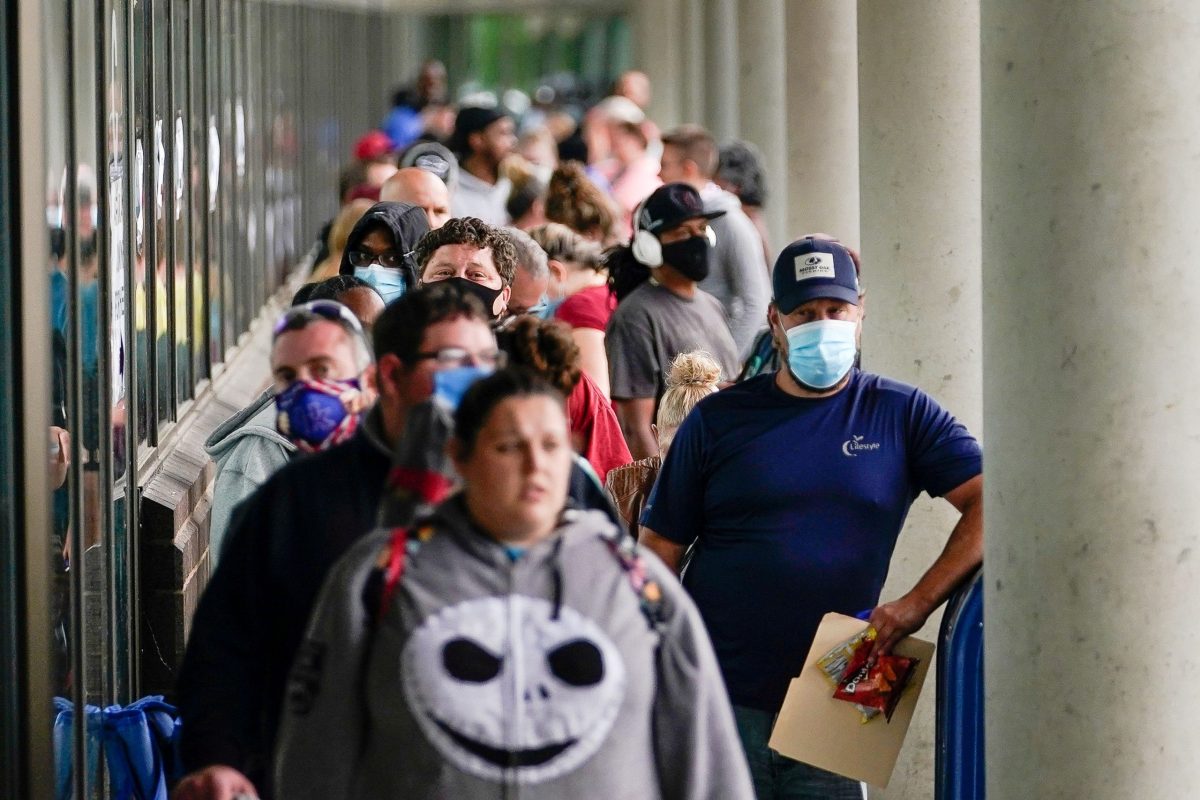BY SHARON SEWELL-FAIRMAN
Rosendo Mercedes was laid off from his position as a Wireless Retail Sales Manager when the pandemic hit. Unsure of what to do next, he found himself in a situation with which almost a million people in New York City could suddenly relate.
Luckily, Rosendo quickly found support from workforce development nonprofit BronxWorks and their virtual CUNY-certified training course, which qualified him for a Financial Counselor position in BronxWorks’ Jobs Plus team. His journey is a microcosm of what is necessary to help displaced workers qualify for available jobs.
While we spent the first few months of the pandemic actively investing in and supporting the healthcare industry to help those impacted by COVID-19, we also need to actively invest in helping those who experienced job loss or wage cuts if we want to keep underserved communities from falling further behind economically.
The nearly 5 million new jobs made available across the country in June, and the skills needed to obtain them, look drastically different than the job opportunities from a few months ago. The National Skills Coalition reports that jobs now require more digital skills than ever before, but nearly one-third of workers lack that expertise. It’s no secret that we’re dealing with a jobs crisis, and we need to upskill workers who are out of work or facing the impact of widespread wage cuts.
National pre-pandemic unemployment rates were historically low. Still, 800,000 New York City residents lived in poverty. Today, that number is 1.4 million, and a disproportionate number of them are people of color. I’m glad Mayor de Blasio is expanding access to broadband internet for these communities. However, taking the next step to equip job seekers with the digital skills needed for in-demand jobs is crucial for securing sustainable employment.
The pandemic made reskilling and upskilling unemployed and underemployed populations more urgent than ever. It also exposed the lack of digital literacy among the frontline workforce training field who help bridge the gap between job seekers and employers, offering a pathway out of poverty into employment. In order to adequately help job seekers, we need to first invest in upskilling our workforce training professionals.
My team at Workforce Professionals Training Institute (WPTI) supports approximately 1,000 frontline workforce professionals a year from nearly 250 workforce development organizations in NYC, including BronxWorks. Through consultations, training and systems building, the workforce training industry supports the infrastructure that connects job seekers to employers.
On top of equipping job seekers with digital skills and engaging with employers online, workforce trainers have also moved all of their predominantly in-person training sessions online. To prepare these frontline workforce professionals for the post-pandemic job market, WPTI partnered with Grow with Google to provide lessons on Google Suite. The demand for training was high. Enrollment quickly reached the session’s 50-person limit with nearly 200 people joining a waitlist.
As much-needed public funding comes through to support this industry, it needs to be flexible to allow the workforce training sector to adapt to the new needs of employers and jobseekers. Like many other industries, we’re actively perfecting our post-pandemic services.
When assessing what the workforce development system needs to address all of these challenges, we can draw a parallel to the healthcare industry. When the pandemic hit, there was a much-needed urgency around supporting the infrastructure needed to provide healthcare workers with adequate PPE and treatment information. As NYC’s unemployment rate hovers near numbers not seen since the Great Depression, we need to act to close the digital divide in the workforce development sector to connect individuals like Rosendo to stable employment opportunities.
Sharon Sewell-Fairman is the Executive Director of the New York City Workforce Professionals Training Institute (WPTI), the leading provider of learning, consulting, and systems building to New York City’s workforce development organizations and practitioners.


































